10 viral camera news stories of 2020
These 10 viral camera news stories made our Google Analytics explode in 2020!
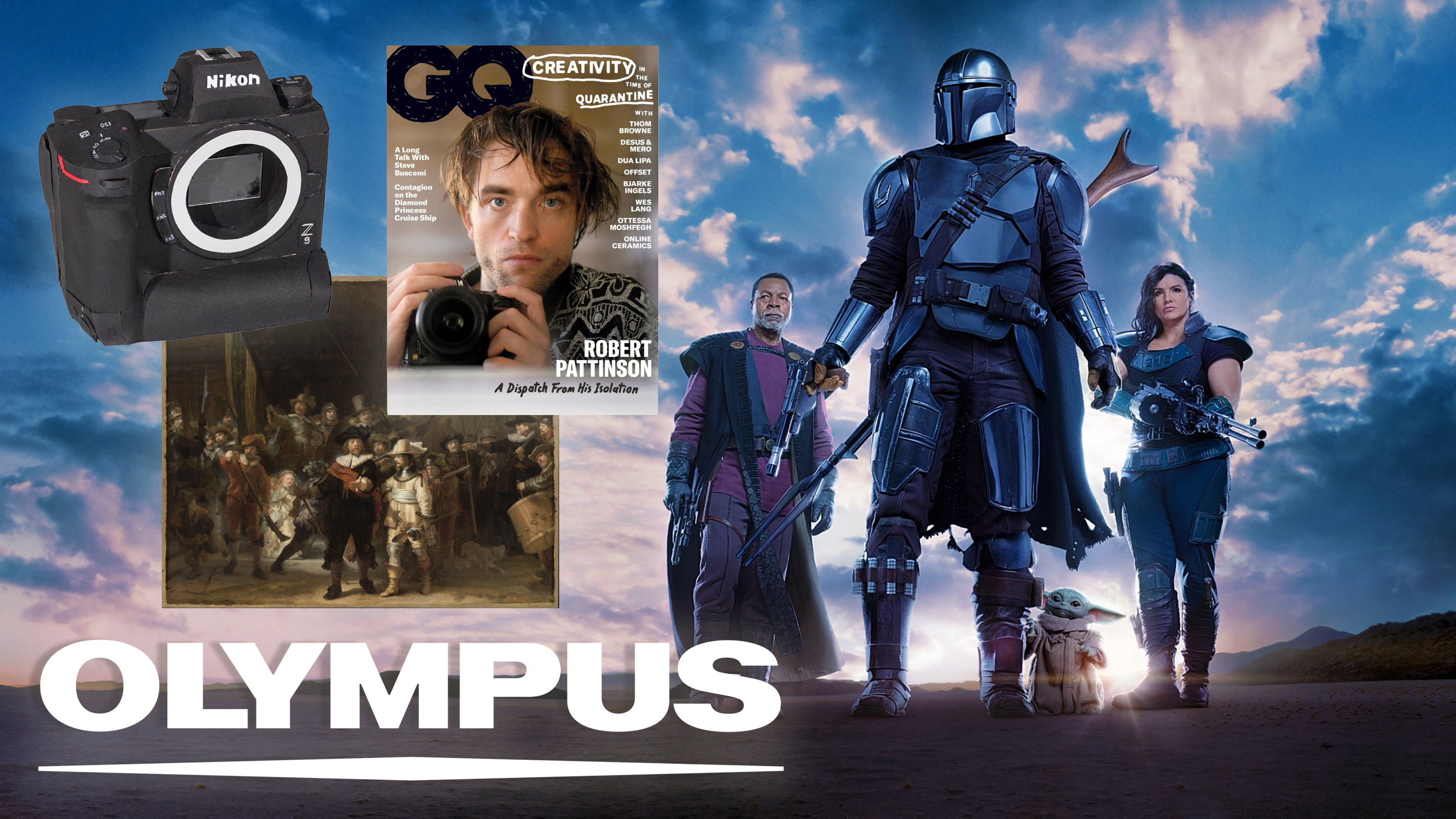
Obviously 2020 was dominated by one very big, never-ending news story. However, beyond the thing that shall not be mentioned, 2020 saw countless crazy camera news stories that absolutely set the internet ablaze.
As a site that specializes in camera news, we watch our Google Analytics reports (among many others!) with great interest to see what's blowing up – and the following 10 stories from 2020 truly went nuclear in terms of clicks.
From Batman taking selfies with a Nikon to Canon getting hacked to The Mandalorian using a 5D Mark III to film scenes, these are the 10 most viral camera news stories of 2020…
1) World's smallest camera (size of a grain of sand!)
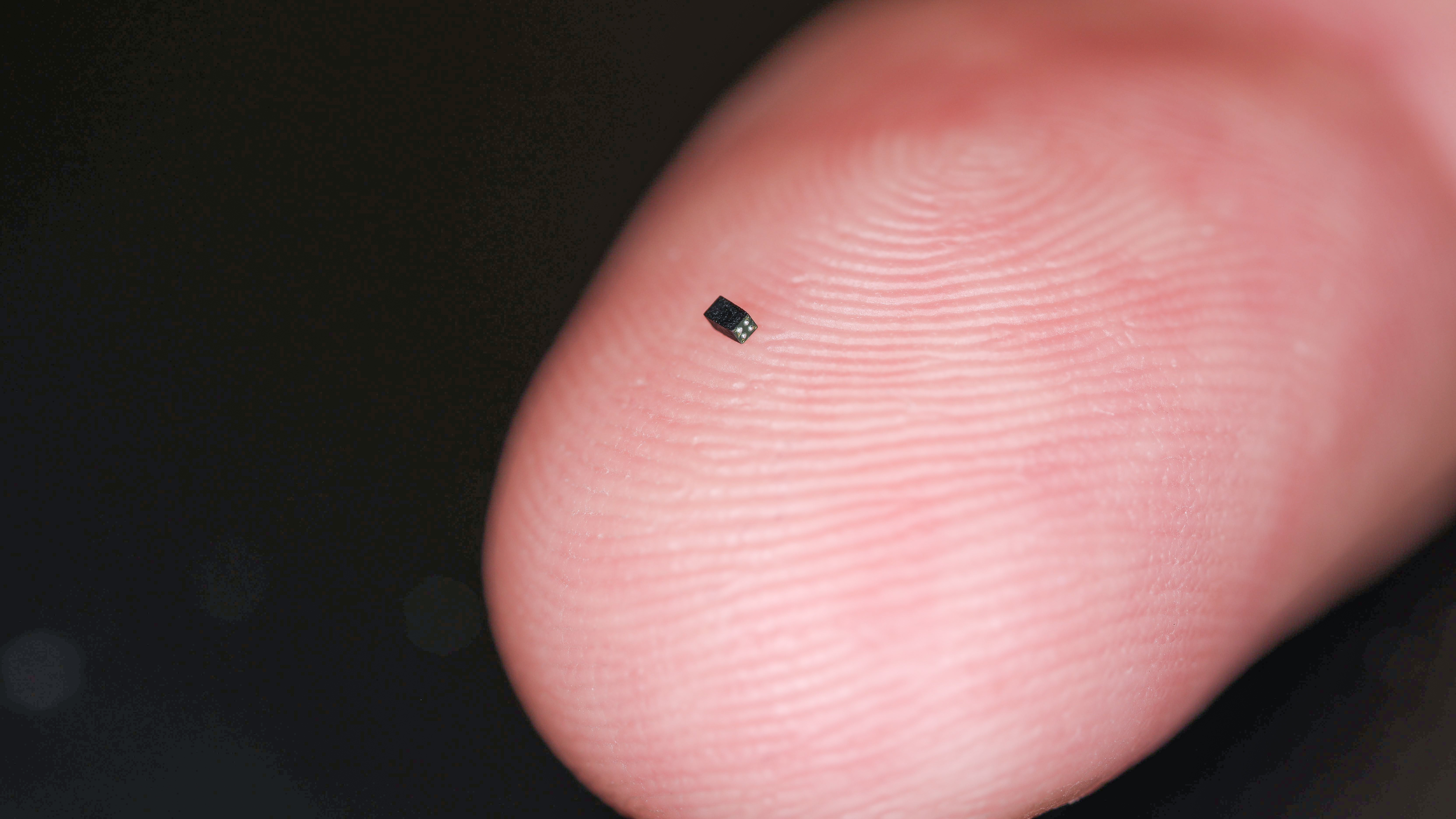
If this one looks familiar, that's because this article from October 2019 was actually the most-read story on Digital Camera World last year as well!
The pithily named OmniVision OV6948 is the smallest camera in the world, being the size of a grain of sand. And far from just camera manufacturer hyperbole, it actually holds a Guinness world record for its seemingly impossible smallness.
"A specialist medical camera that measures just 0.65 x 0.65 x 1.158mm has just entered the Guinness Book of Records. The size of the grain of sand, it is the camera's tiny sensor that is actually being entered into the record book.
The OmniVision OV6948 is just 0.575 x 0.575 x 0.232mm and produces a 40,000-pixel color image using an RGB Bayer back-side-illuminated chip. Each photosite measures just 1.75 µm across."
Get the Digital Camera World Newsletter
The best camera deals, reviews, product advice, and unmissable photography news, direct to your inbox!
• Read more: World's smallest camera is the size of a grain of sand
2) The Nikon Z9… in paper form

Our second most popular story of 2020 was about a camera that doesn't actually exist yet. Well, okay, that's only half true – it was about a camera that only exists in paper form.
"This Nikon Z9 has been constructed by an industrious paper crafter on Instagram. And while ultimately it may bear little resemblance to the unannounced camera, it still provides some fun food for thought in the current climate.
"Here it is! The Nikon Z9 Paper-prototype! I hope Nikon is going to make the real Z9 just like this. I think it would be perfect like this… I hope they come out this year with a fast pro-mirrorless-camera, that blows the D6 and Sony A9 II off the table. So imagine what this paper-camera could be."
• Read more: The Nikon Z9 is here – in paper form!
3) Batman uses Nikon to shoot a selfie for a GQ cover
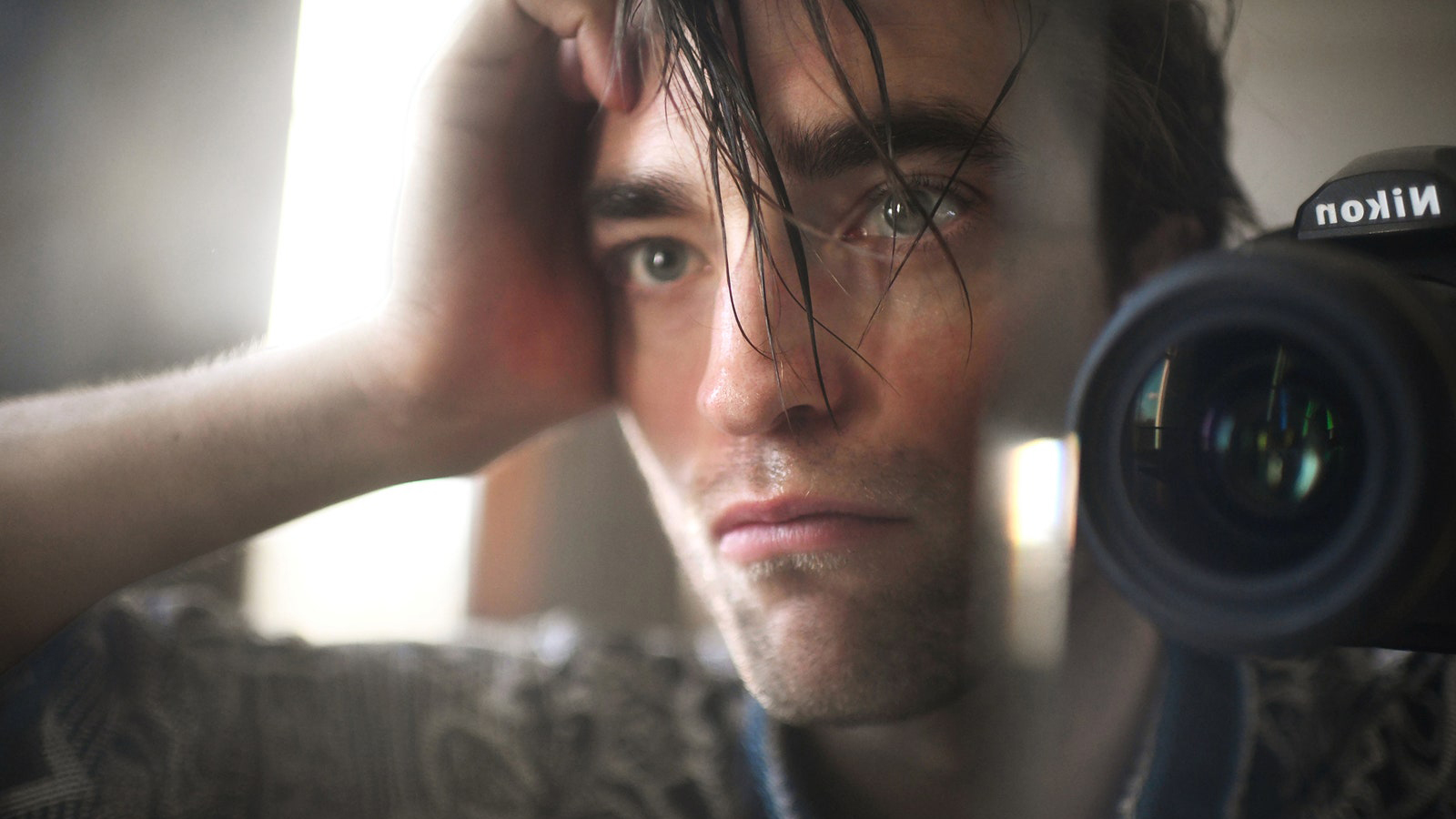
Twilight, Tenet and upcoming The Batman star Robert Pattinson blew up the internet in this story, when he shot a series of selfies for GQ magazine using a Nikon – one of which, in the locked-down May of 2020, was used for the cover.
"Pattinson recently gave an interview with GQ magazine. Due to the lockdown in the UK, he shot his own photos for both the article and the front cover. However, unlike the self-shot Naomi Campbell cover for Essence magazine that used an iPhone, Pattinson used a Nikon camera.
"Aside from the entertaining and, at-times, bizarre interview (seriously, it's a bit of wild ride that includes a microwave blowing up and a frankly vile-sounding culinary concoction that consists of half a burger bun, cornflakes, sauce, sugar and pasta), Robert Pattinson's photos are actually pretty good. While there's no mention in the article of whether the Nikon is Pattinson's own, it's clear that he certainly knows his way around a camera."
• Read more: Robert Pattinson uses a Nikon camera to shoot his own GQ cover
4) Canon gets hacked by cyber criminals

If you're unlucky, you'll get an email from someone like Amazon saying that there's been a failed attempt to log into your account, and you should change your password. If you're really unlucky, someone will hack your credit card info and you'll need to wrestle with your card company. And if you're Canon, you get 10TB of data stolen and held to ransom by cyber criminals.
The manufacturer was attacked by ransomware group Maze, which affected its email and Microsoft Teams operability, and even capsized numerous features on the Canon USA website. Maze started releasing batches of the stolen data, demanding money to prevent further leaks, and the whole thing was both a gigantic mess and a huge black eye.
It was particularly embarrassing for Canon, having just launched its image.Canon cloud service – which concurrently suffered a storage issue that caused the loss of users' images and video, the latter irrecoverably.
• Read more: Canon has 5% of its stolen data leaked online
5) SpaceX craft photobombs Comet Neowise shot
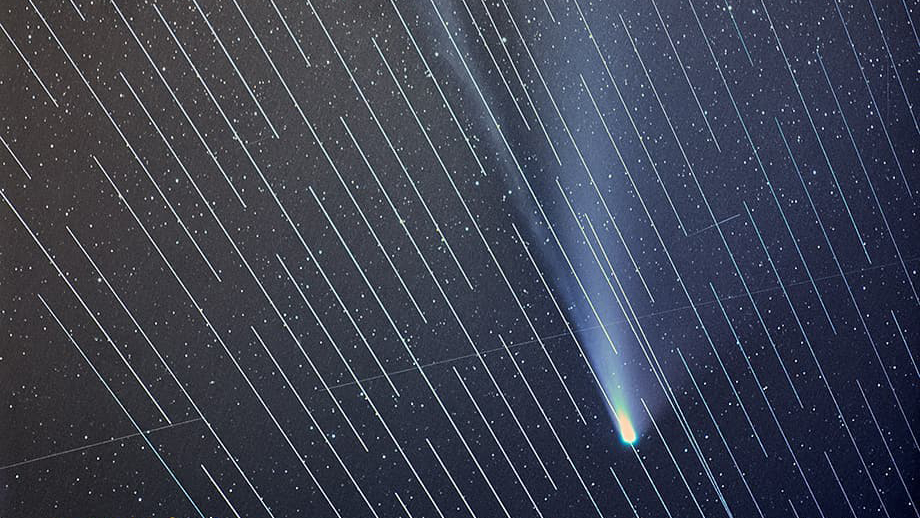
Astrophotography is a wonderful thing. Enthusiastic space shooters invest thousands of dollars in the best astrophotography cameras and gear, and thousands of hours of exposure time in capturing amazing astro shots. And all that money and time is spent preparing for a once-in-a-lifetime chance to photograph some spectacular space phenomenon like Comet Neowise.
All of which makes it every so slightly infuriating when Elon Musk ruins your image, thanks to his SpaceX craft effectively photobombing an otherwise incredible snapshot of time.
"Unfortunately that is exactly what happened to Daniel López who, after setting out with the intention to record a telephoto timelapse of Neowise, discovered that the majority of his captured frames featured SpaceX’s Starlink satellites streaking across the comet."
• Read more: Thanks, Elon – SpaceX craft photobombs photographer's Comet Neowise shot
6) Olympus sells camera division, exits industry

While there had been rumors and scuttlebutt during 2019, the highest levels of Olympus leadership shot them all down. And after six months with no more sale talk, it seemed like 2020 would pass without further incident.
So when, in June, news broke that Olympus had in fact agreed to sell off its entire imaging division, it came as a genuine shock. After 84 years, one of the most iconic brands in the business was exiting the camera industry – and the future of that brand now lies with a private equity firm with a less than inspiring track record.
For more on how the entire situation panned out, make sure to read our Olympus in 2020 feature.
• Read more: BREAKING: Olympus sells camera division
7) 44.8 gigapixel photo of a Rembrandt classic
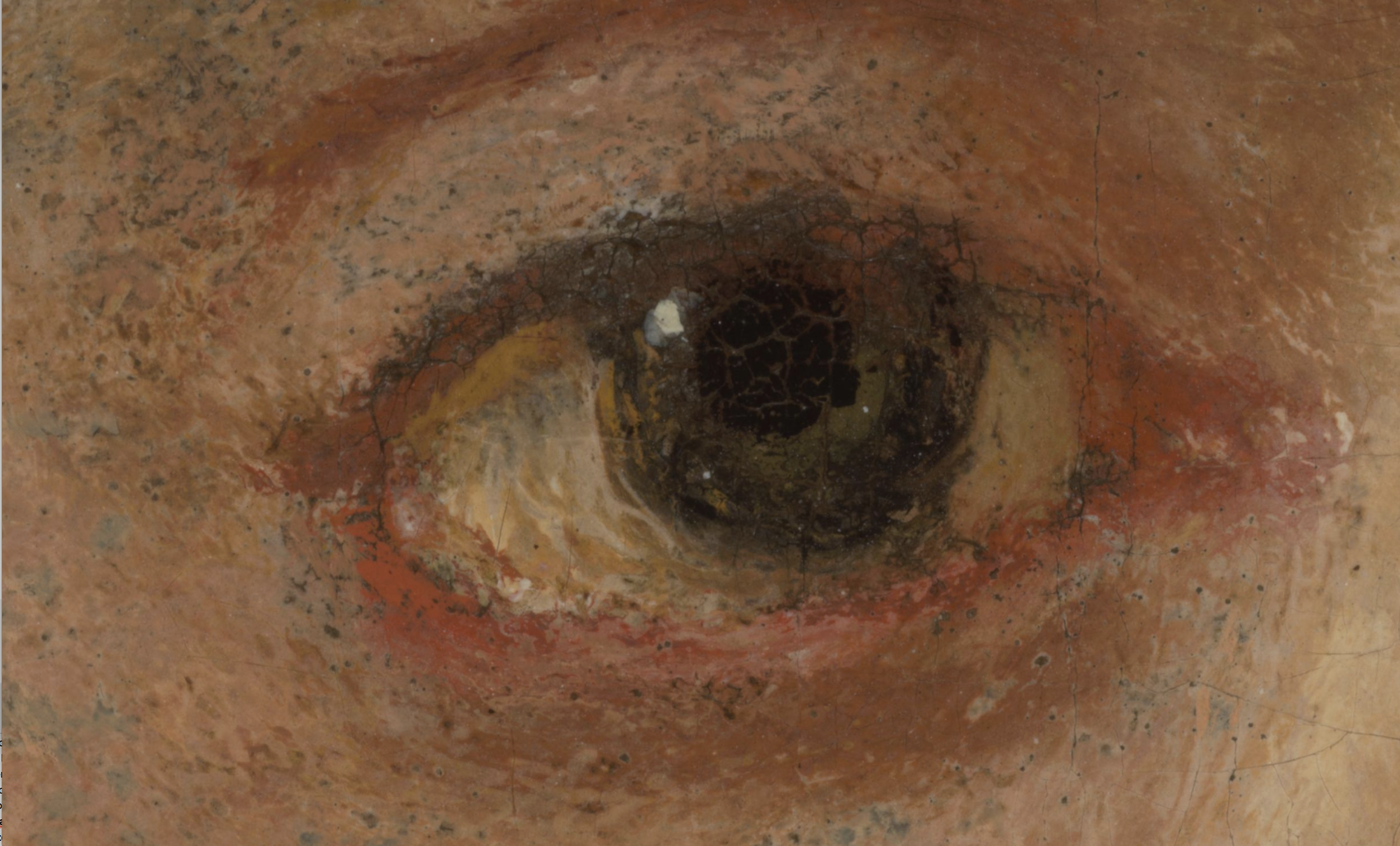
The Rijksmuseum in Amsterdam shared a ridiculously detailed, 44.8 gigapixel photograph of one of the most famous paintings in the world.
"The Rijksmuseum’s imaging team made the photograph of the masterpiece from a total of 528 exposures. The 24 rows of 22 pictures were stitched together digitally creating a final image made up of 44,804,687,500 pixels, and the distance between each pixel is 20 micrometres (0.02 mm). This enables the scientists, and members of the public, to study the painting in microscopic detail from anywhere in the world. Every brushstroke can be inspected – and particles of pigment can be clearly seen. The image will also be used to accurately track any future deterioration in the painting.
Measuring 3.6 x 4.4m (12 × 14 feet), Rembrandt painted The Night Watch in 1642. The commissioned piece is so big, that the main figures are practically lifesize. The original title of the oil painting was "Officers and Men of the Company of Captain Frans Banning Cocq and Lieutenant Wilhelm van Ruytenburgh" – but became known as The Night Watch at a later date, even though the scene is not actually set after dark."
• Read more: Amazing 44,804 megapixel photograph shows Rembrandt masterpiece as it's never been seen before
8) 1.8 billion-pixel panorama of Mars
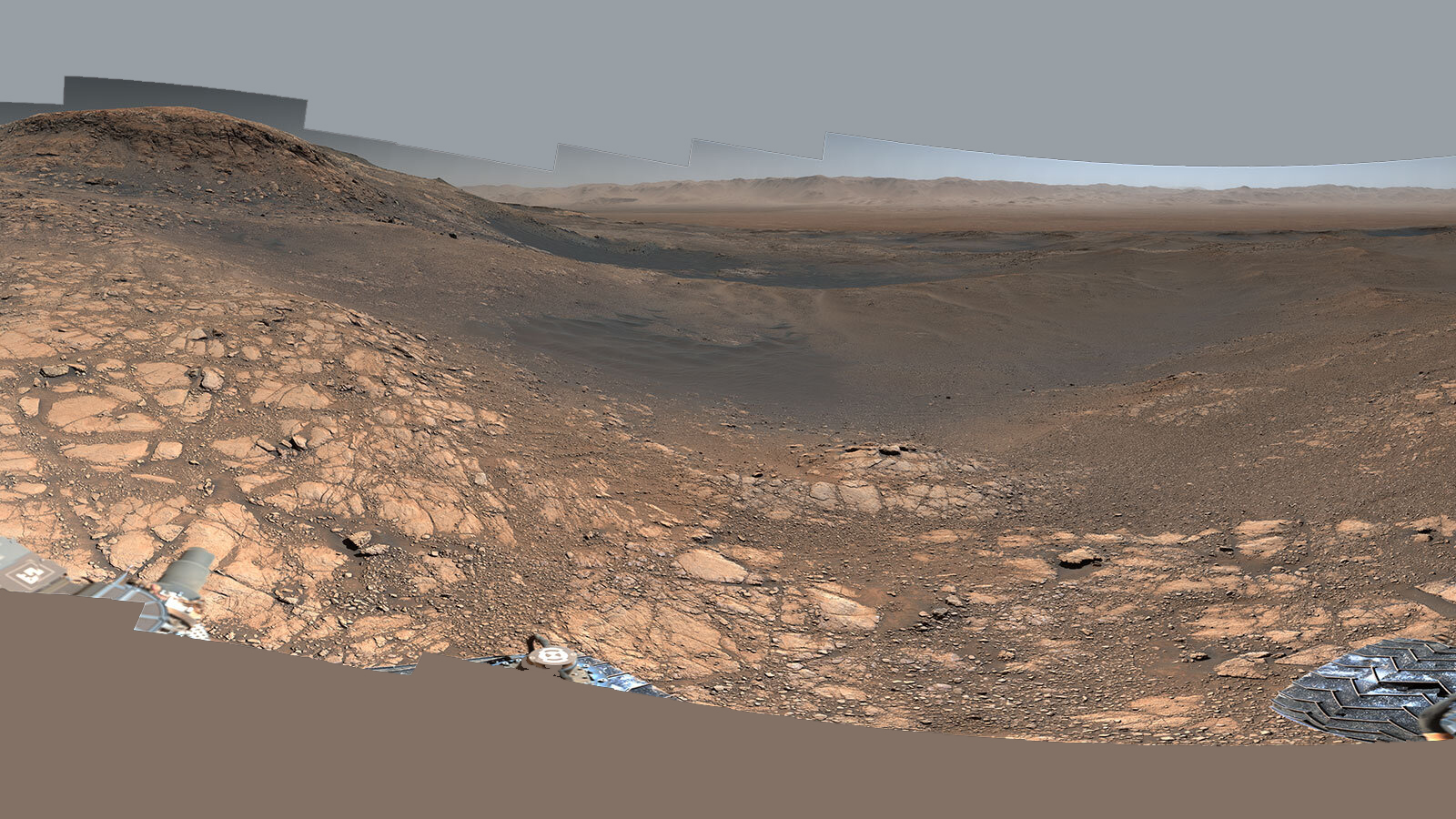
Back in March, NASA released an incredible 1.8 billion pixel 360° panorama of Mars – the culmination of over a thousand photographs captured by the Agency's Curiosity rover on the red planet.
"It took over 1,000 photographs between 24 November and 01 December, using the telephoto lens on its Mast Camera ("Mastcam") to produce the high-res 1.8 billion pixel panorama. In fact, it even did double duty, using its medium-angle lens to capture a lower-resolution pano of 'just' 650 million pixels, which included its deck and robotic arm.
"'While many on our team were at home enjoying turkey, Curiosity produced this feast for the eyes,' said Ashwin Vasavada, Curiosity's project scientist at NASA's Jet Propulsion Laboratory, in a report on Phys.org. 'This is the first time during the mission we've dedicated our operations to a stereo 360-degree panorama.'"
• Read more: This 1.8 BILLION pixel panorama of Mars is out of this world!
9) The Mandalorian scenes shot on Canon EOS 5D

One of the few bright spots of 2020 was The Mandalorian, and the delightfully Lone Wolf & Cub-in-space adventures of Grogu Baby Yoda and his bounty hunting, gun-toting guardian.
As high tech as this Disney+ show is, featuring scenes filmed on a real-life Holodeck, it was remarkable to learn that some of the space shots were captured using physical models and a Canon EOS 5D – with a Nikon lens, no less, and by one of the co-creators of Photoshop!
"While most of the space scenes in The Mandalorian were created using ILM's computer-generated wizardry, series creator Jon Favreau was interested in creating and shooting a physical model of the the Razor Crest (the Mandalorian's ship) – partly as reference for the computer graphics artists, and partly as homage to the way the original Star Wars features were made.
"This saw ILM's veteran model maker, John Goodson, creating a ship using a 3D printer and tinfoil, while John Knoll (ILM's chief creative officer and co-creator of Photoshop) devised a custom 50-foot motion control rig with a Canon EOS 5D at its heart."
• Canon EOS 5D used to shoot scenes for The Mandalorian!
10) Canon's ISO 4 million camera wins an Emmy
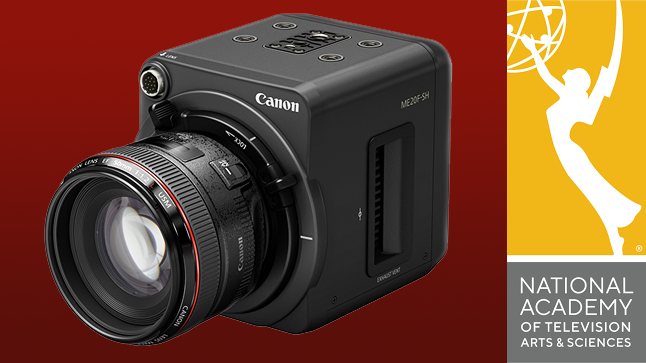
Almost nobody knew about one of Canon's most incredible cameras – the Canon ME20F-SH, which possesses an unparalleled sensitivity of over ISO 4 million. However, when the camera was awarded an Emmy, it became one of the most-read stories of the year.
"The Canon ME20F-SH has been announced as the winner of the 2020 Technology & Engineering Emmy Award – a prestigious industry accolade from the National Academy of Television Arts & Sciences in the United States. The Award honors 'development and innovation in broadcast technology and recognizes companies, organizations and individuals for breakthroughs in technology that have a significant effect on television engineering.'
"The ME20F-SH is certainly deserving of the title, with its ISO in excess of 4 million (+75dB) enabling it to shoot in almost complete darkness at less than 0.0005 lux. Its enhanced full-frame CMOS sensor produces 1080p video even when a night sky is lit solely by starlight – making it the tool of choice for such broadcasts as National Geographic's celebrated Earth Live program, which documented nocturnal wildlife."
• Read more: Canon's 4 million ISO (!!!) camera wins an Emmy Award
Read more:
Best Nikon cameras
Best Canon cameras
Best Sony cameras
Best Olympus cameras

James has 22 years experience as a journalist, serving as editor of Digital Camera World for 6 of them. He started working in the photography industry in 2014, product testing and shooting ad campaigns for Olympus, as well as clients like Aston Martin Racing, Elinchrom and L'Oréal. An Olympus / OM System, Canon and Hasselblad shooter, he has a wealth of knowledge on cameras of all makes – and he loves instant cameras, too.
